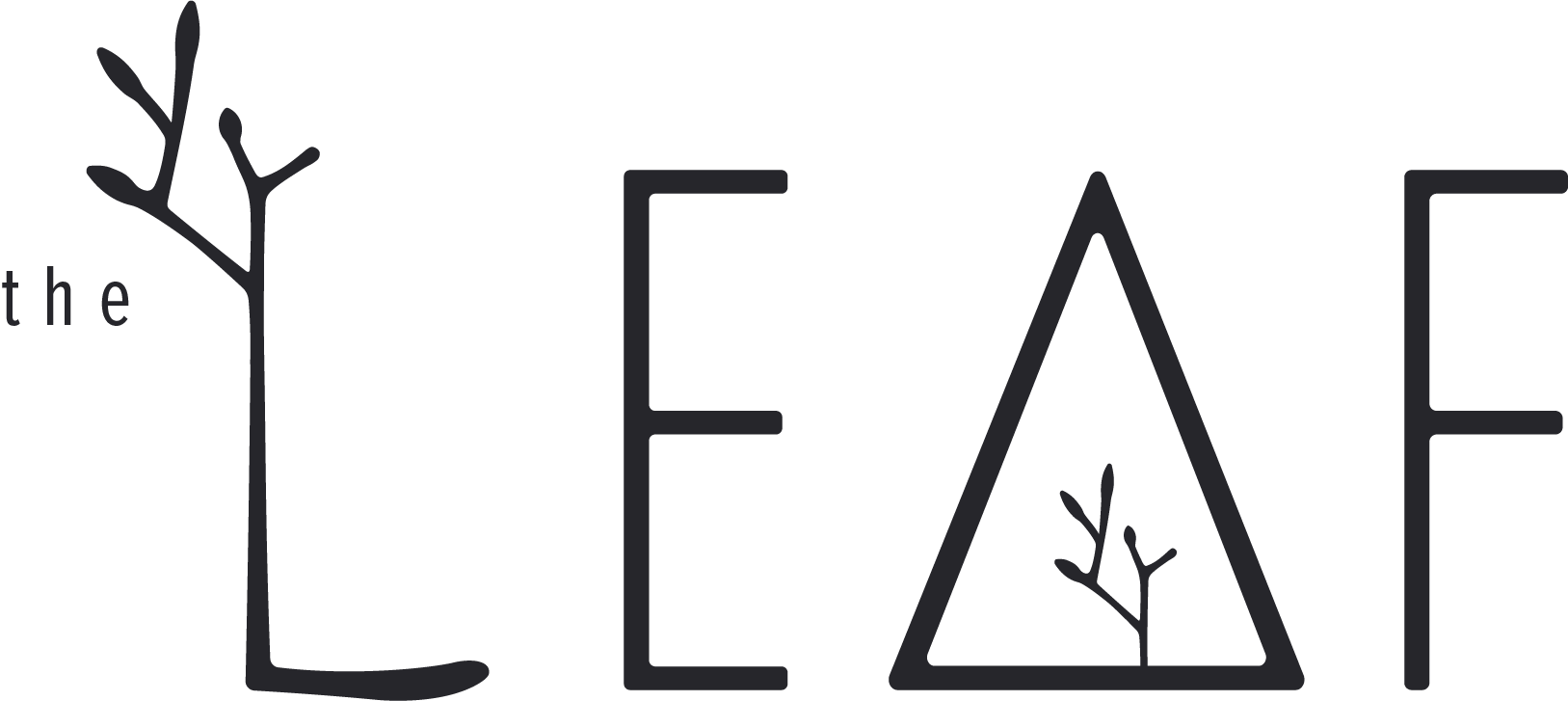Forest Guardians: How REDD+ is Shaping Climate Change Mitigation Efforts
We all know that the effects of climate change are becoming more and more apparent with each passing year. From natural disasters to the loss of biodiversity, it's clear that we need to take action now to mitigate these impacts. And while it’s important for the global pledges such as the ‘net zero by 2050’ and the 1.5c goal in the Paris Agreement to gain worldwide recognition and acceptance as a durable strategy, it is equally vital for there to be a pragmatic, yet realistic plan of action for businesses and industry leaders to follow. Let’s face it - it seems unrealistic for the corporate world, where notoriously profit-centric incentives overbear negative environmental impacts, would be willing to halt their operations to remove greenhouse gas emissions and transition to renewable energy at the cost of revenues. But what if there is a way forward? Perhaps a plan that provides a viable mechanism to financially incentivise businesses to reduce greenhouse gas emissions is the answer. That’s why the fairly recently coined term ‘REDD+’ gives us some hope that we can live a net-zero future.
But What is REDD+?
A framework incentivizing climate strategies with forest preservation and restoration at its core
It was back in 2008 during the UNFCCC Conference of the Parties when the world had first become familiar with the term REDD+. It was a framework originally designed to guide forest activity to reduce emissions caused by deforestation and forest degradation, as well as work on the sustainable management of forests and the enhancement of forest carbon stocks in developing countries. REDD+ through the use of carbon-offsetting allows nations, the private sector, multilateral funds, and others to pay others to protect and conserve their forests. This can be in the form of direct payments or can be in exchange for “carbon credits,” which represent reductions in greenhouse gas emissions to compensate for emissions made somewhere else.
While still a framework that needs to be finalised, the potential opportunities are large. By valuing carbon, REDD+ creates an incentive to protect, conserve and restore forest ecosystems in developing countries by placing a value on carbon. This means that communities can receive financial support or training to improve their agricultural practices and yield, in exchange for preventing the clearing of existing forests. For instance, a community may receive funding from REDD+ to preserve a standing forest and not use its land for farming. This creates a win-win situation where communities can generate income and improve their livelihoods, while also helping to mitigate climate change by reducing greenhouse gas emissions from forest clearings.
REDD
Reducing Emissions from Deforestation and forest Degradation
+
the role of conservation, sustainable management of forests and enhancement of forest carbon stocks in developing countries
Is REDD+ sustainable?
While we cannot deny that the scope of potential benefits of REDD+ is large, the varying degrees of greenwashing may negate its impact. Greenwashing occurs when a nation or business makes broad sustainability claims but in reality fail to prioritise reducing their in-house emissions, or invest in non-verified credits. These acts deceive the public into thinking they are committed to reducing their greenhouse gas emissions. It also gives polluters an excuse to continue polluting. So perhaps REDD+ is not a viable stand-alone solution, and companies and businesses need to first reduce their own greenhouse gas emissions. Ultimately, it takes years for trees to grow but only seconds to emit greenhouse gases into the atmosphere.
So the question is: is REDD+ a net-zero necessity or a form of greenwashing?
At LEAF, we understand the importance of protecting and conserving habitats and promoting reforestation. That’s why we are currently focused on ‘The Gabon Project’ - with the aim of protecting the ancestral forests in Gabon by partnering with local communities to protect the regions trees and historical, rich forests. Threats from industrial logging and mining cause unsustainable hunting, degradation, and human-elephant conflict. With this, we saw an opportunity to bring harmony back into natural habitat and establish the first community forest in Gabon. You can learn more about this project here: Gabon — The LEAF Charity







